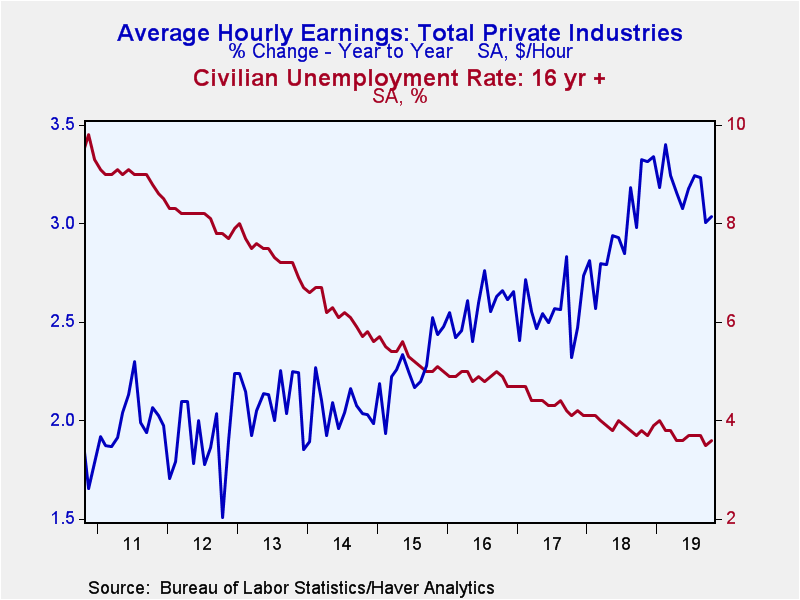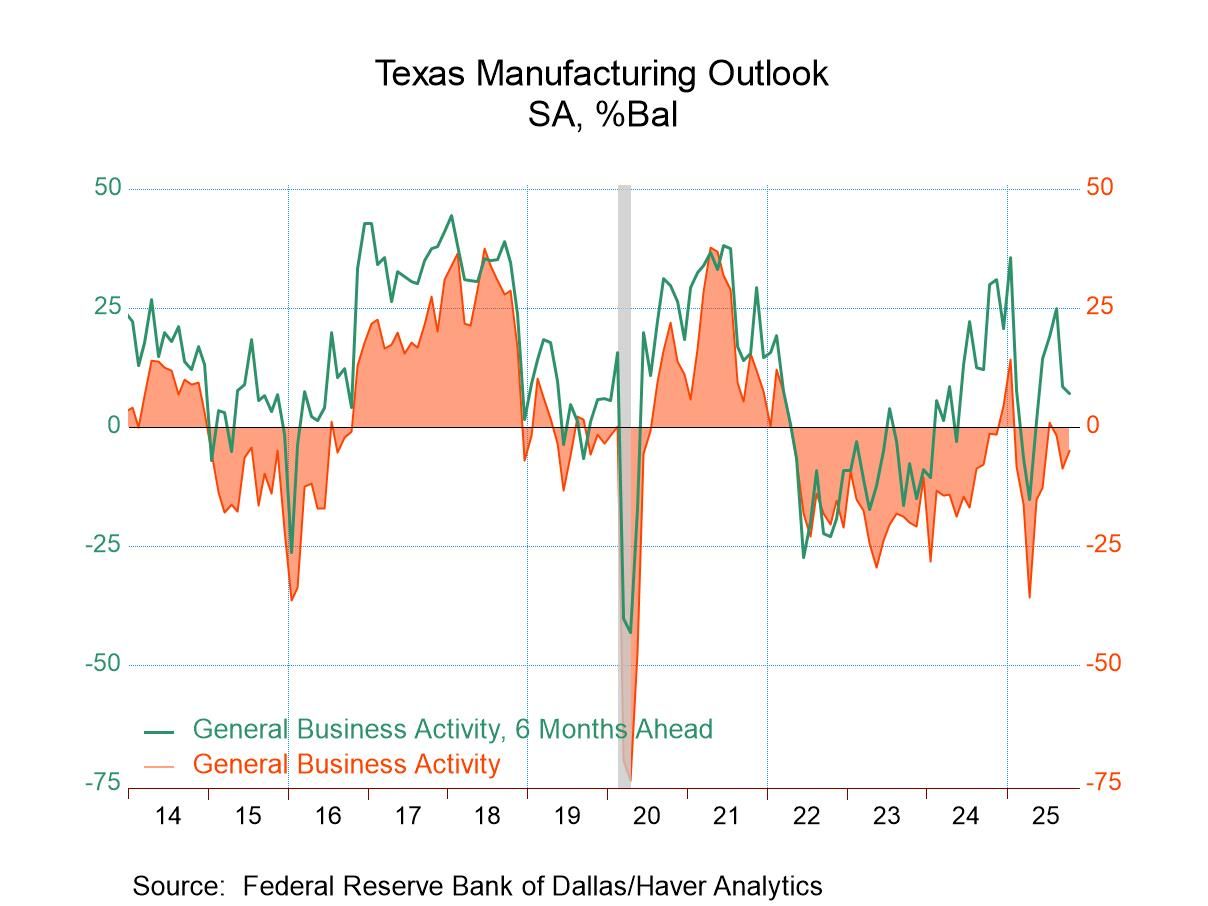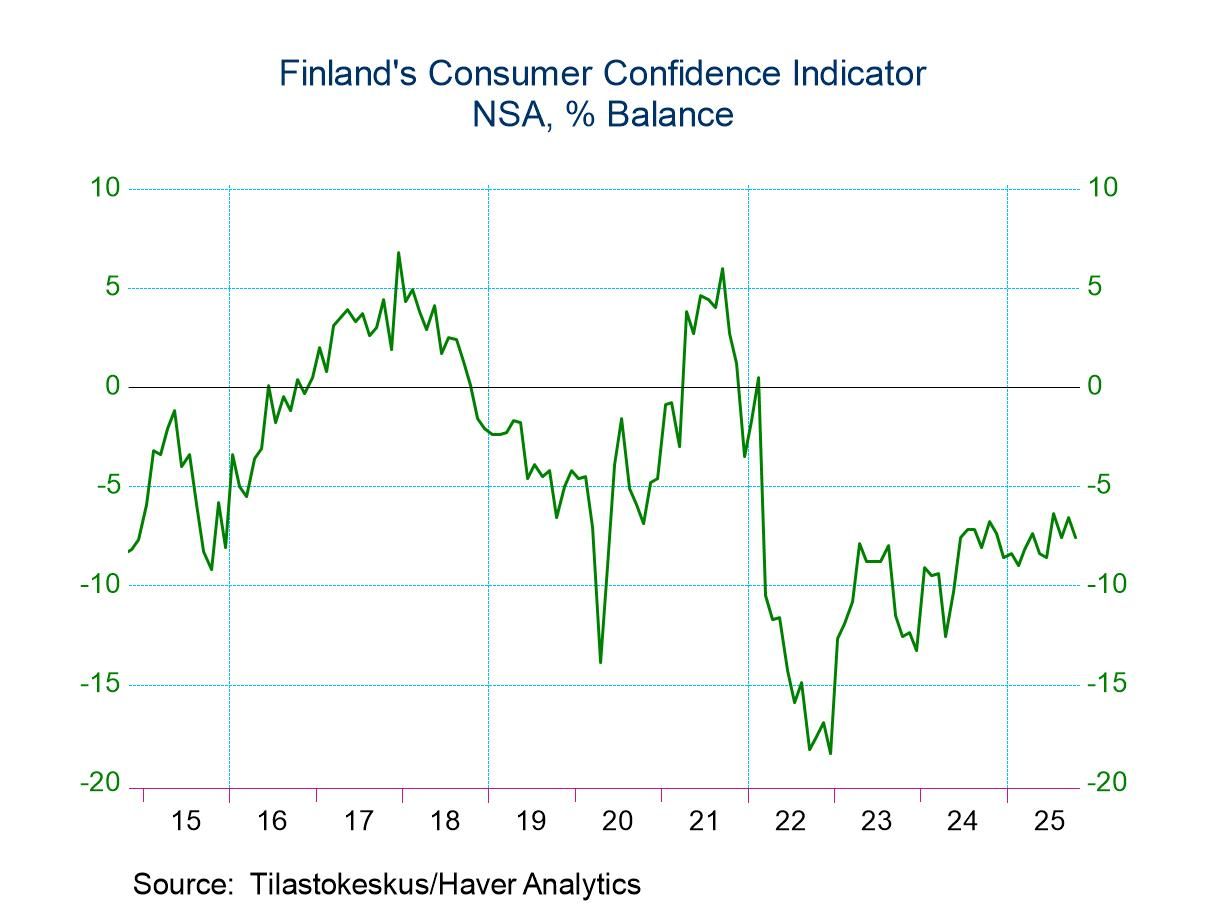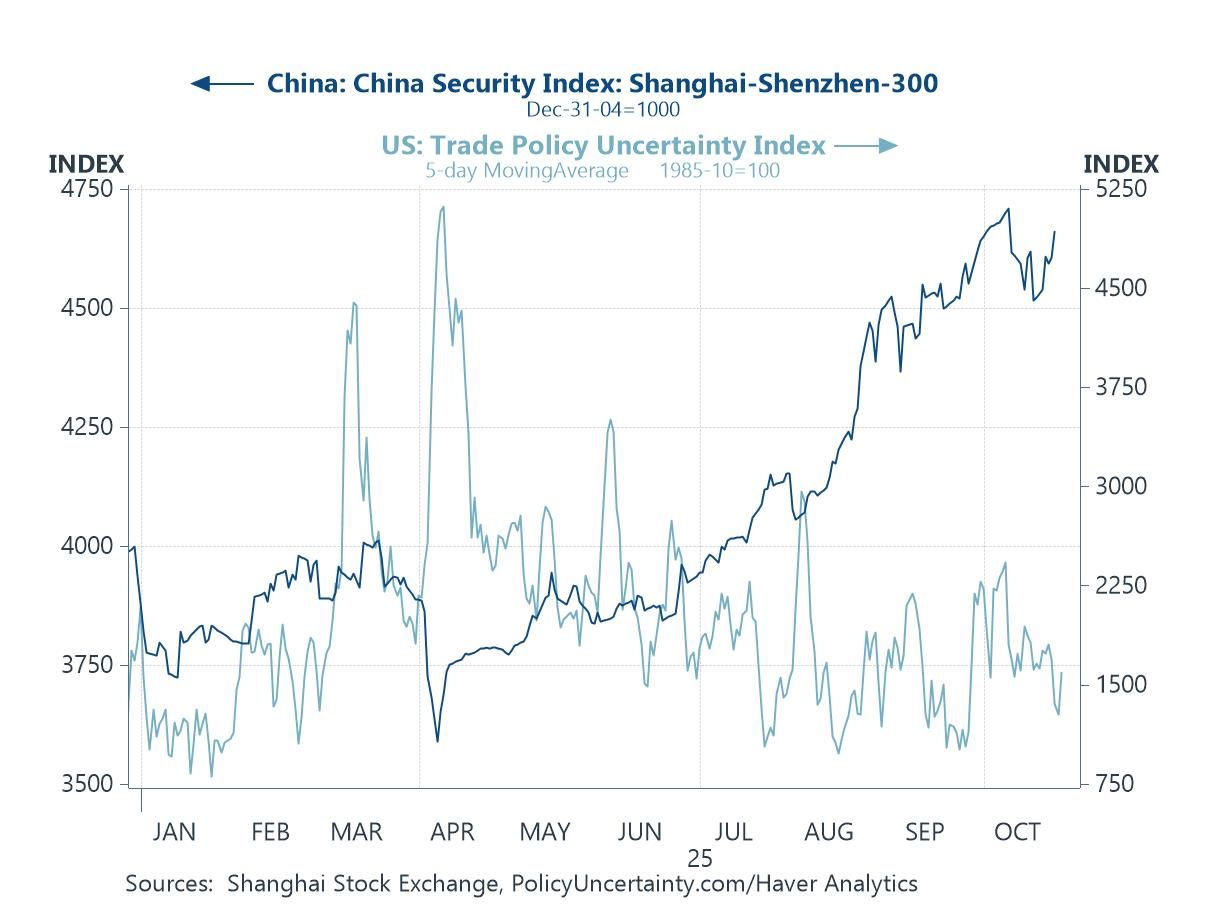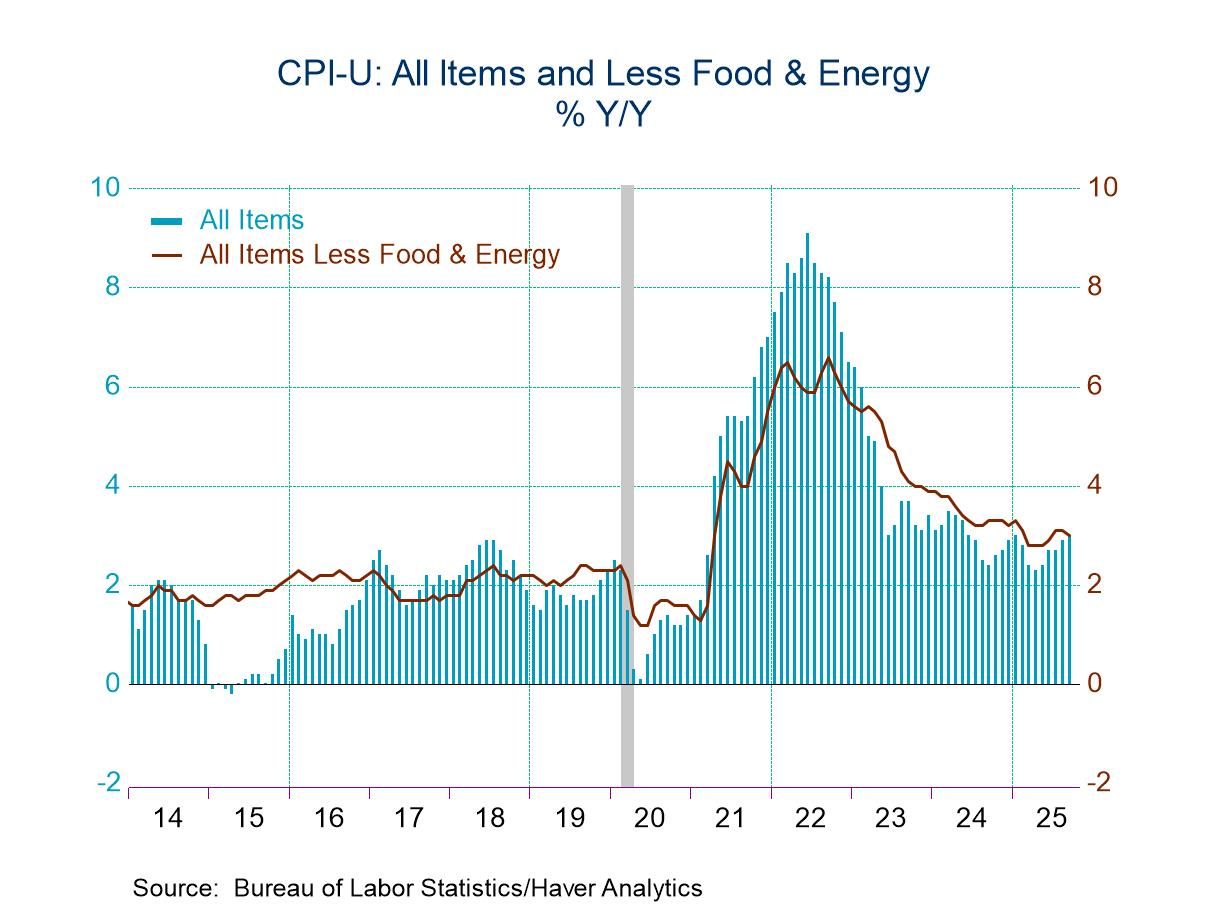 Global| Nov 01 2019
Global| Nov 01 2019U.S. Payrolls Rise Despite GM Strike; Wages & Jobless Rate Increase
by:Tom Moeller
|in:Economy in Brief
Summary
Job growth moderated during October, but a strike at GM accounted for much of the slowdown. Nonfarm payrolls increased 128,000 (1.4% y/y) during October following a 180,000 September gain, revised from 136,000. August's increase also [...]
Job growth moderated during October, but a strike at GM accounted for much of the slowdown. Nonfarm payrolls increased 128,000 (1.4% y/y) during October following a 180,000 September gain, revised from 136,000. August's increase also was strengthened to 219,000 from 168,000. A 100,000 October increase had been expected in the Action Economics Forecast Survey. A 20,000 decline in the number of Census workers also restrained the overall gain in payrolls after adding 1,000 in September. So far this year, payrolls overall have risen an average 167,000 per month after a 223,000 monthly average in 2018.
Average hourly earnings in the private sector increased 0.2% in October following no change during the prior month. A 0.3% rise had been expected. Growth during the last twelve months of 3.0% remained below the recent y/y peak of 3.4% logged in February.
The unemployment rate rose to an expected 3.6% after falling in September to 3.5%. Employment in the household survey rose 241,000 (1.2% y/y) and the labor force increased 325,000 (1.0% y/y). The overall jobless rate, including those who were marginally attached or working part-time for economic reasons, rose slightly to 7.0% but remained near the lowest level since December 2000.
The labor market data are contained in Haver's USECON database. Detailed figures are in the EMPL and LABOR databases. The expectations figures are in the AS1REPNA database.
| Employment: (SA, M/M Change, 000s) | Oct | Sep | Aug | Oct Y/Y | 2018 | 2017 | 2016 |
|---|---|---|---|---|---|---|---|
| Payroll Employment | 128 | 180 | 219 | 1.4% | 1.7% | 1.6% | 1.8% |
| Previous Estimate | -- | 136 | 168 | -- | -- | -- | -- |
| Manufacturing | -36 | -5 | 2 | 0.4 | 2.0 | 0.7 | 0.1 |
| Construction | 10 | 11 | 7 | 1.9 | 4.6 | 3.6 | 4.1 |
| Private Service-Producing | 157 | 160 | 159 | 1.6 | 1.7 | 1.8 | 2.2 |
| Government | -3 | 13 | 56 | 0.7 | 0.4 | 0.6 | 0.9 |
| Average Weekly Hours - Private Sector | 34.4 | 34.4 | 34.4 | 34.5 | 34.5 | 34.4 | 34.4 |
| Private Sector Average Hourly Earnings (%) | 0.2 | 0.0 | 0.4 | 3.0 | 3.0 | 2.6 | 2.6 |
| Unemployment Rate (%) | 3.6 | 3.5 | 3.7 | 3.8 | 3.9 | 4.4 | 4.9 |
Tom Moeller
AuthorMore in Author Profile »Prior to joining Haver Analytics in 2000, Mr. Moeller worked as the Economist at Chancellor Capital Management from 1985 to 1999. There, he developed comprehensive economic forecasts and interpreted economic data for equity and fixed income portfolio managers. Also at Chancellor, Mr. Moeller worked as an equity analyst and was responsible for researching and rating companies in the economically sensitive automobile and housing industries for investment in Chancellor’s equity portfolio. Prior to joining Chancellor, Mr. Moeller was an Economist at Citibank from 1979 to 1984. He also analyzed pricing behavior in the metals industry for the Council on Wage and Price Stability in Washington, D.C. In 1999, Mr. Moeller received the award for most accurate forecast from the Forecasters' Club of New York. From 1990 to 1992 he was President of the New York Association for Business Economists. Mr. Moeller earned an M.B.A. in Finance from Fordham University, where he graduated in 1987. He holds a Bachelor of Arts in Economics from George Washington University.



